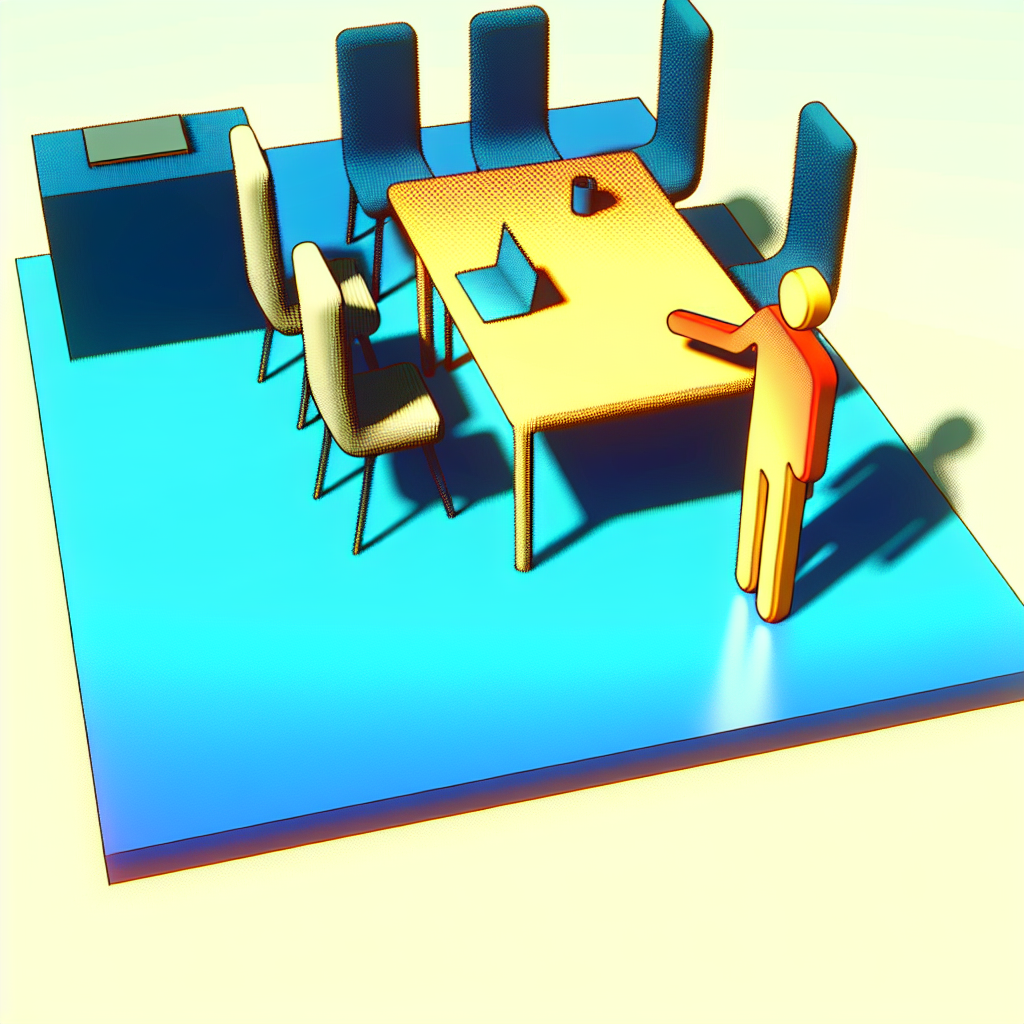-
- Using DreamFusion for Generating 3D Models with AI
- Understanding DreamFusion
- Configuration Steps
- Step 1: System Requirements
- Step 2: Install Dependencies
- Step 3: Download DreamFusion
- Step 4: Configure the Environment
- Step 5: Run DreamFusion
- Practical Examples
- Best Practices
- Case Studies and Statistics
- Conclusion
Using DreamFusion for Generating 3D Models with AI

In the rapidly evolving landscape of 3D modeling, artificial intelligence has emerged as a transformative force, enabling creators to generate complex models with unprecedented ease and efficiency. DreamFusion, a cutting-edge AI tool, leverages advanced algorithms to convert textual descriptions into high-quality 3D models. This guide will provide a comprehensive overview of using DreamFusion, including configuration steps, practical examples, best practices, and relevant case studies.
Understanding DreamFusion
DreamFusion is an innovative AI framework that combines the power of neural networks with 3D rendering techniques. By interpreting natural language inputs, it allows users to create detailed 3D models without extensive technical knowledge. This capability is particularly valuable for industries such as gaming, film, and virtual reality, where rapid prototyping and creative flexibility are essential.
Configuration Steps
To get started with DreamFusion, follow these step-by-step instructions:
Step 1: System Requirements
- Operating System: Windows 10 or later, macOS, or a compatible Linux distribution.
- GPU: NVIDIA GPU with at least 6GB of VRAM.
- RAM: Minimum of 16GB.
- Python: Version 3.7 or later.
Step 2: Install Dependencies
Before installing DreamFusion, ensure you have the necessary dependencies. Open your terminal or command prompt and run the following commands:
pip install torch torchvision torchaudio --extra-index-url https://download.pytorch.org/whl/cu113pip install numpy scipy matplotlibStep 3: Download DreamFusion
Clone the DreamFusion repository from GitHub:
git clone https://github.com/yourusername/DreamFusion.gitNavigate to the DreamFusion directory:
cd DreamFusionStep 4: Configure the Environment
Create a virtual environment to manage dependencies:
python -m venv DreamFusion-envActivate the virtual environment:
- Windows:
DreamFusion-envScriptsactivate - macOS/Linux:
source DreamFusion-env/bin/activate
Step 5: Run DreamFusion
To generate a 3D model, use the following command, replacing “ with your desired text prompt:
python generate.py --prompt ""Practical Examples
Here are a few examples of how DreamFusion can be utilized in real-world scenarios:
- Game Development: A game designer can input a prompt like “a futuristic city skyline” to quickly generate assets for a new level.
- Film Production: Filmmakers can create concept models for scenes based on script descriptions, streamlining the pre-visualization process.
- Virtual Reality: Developers can generate immersive environments by describing landscapes or settings, enhancing user experiences.
Best Practices
To maximize the effectiveness of DreamFusion, consider the following best practices:
- Use clear and descriptive prompts to achieve better model accuracy.
- Experiment with different parameters to refine the output quality.
- Regularly update your dependencies to benefit from the latest features and improvements.
- Utilize high-quality reference images alongside text prompts for enhanced results.
Case Studies and Statistics
Recent studies indicate that AI-generated 3D models can reduce production time by up to 50% in industries like gaming and film. For instance, a case study involving a major game studio revealed that using DreamFusion allowed them to prototype environments in a fraction of the time compared to traditional methods, leading to faster iteration cycles and improved creativity.
Conclusion
DreamFusion represents a significant advancement in the field of 3D modeling, enabling users to harness the power of AI for creative projects. By following the configuration steps outlined in this guide, leveraging practical examples, and adhering to best practices, you can effectively utilize DreamFusion to generate high-quality 3D models. As the technology continues to evolve, staying informed and adaptable will be key to maximizing its potential in your projects.